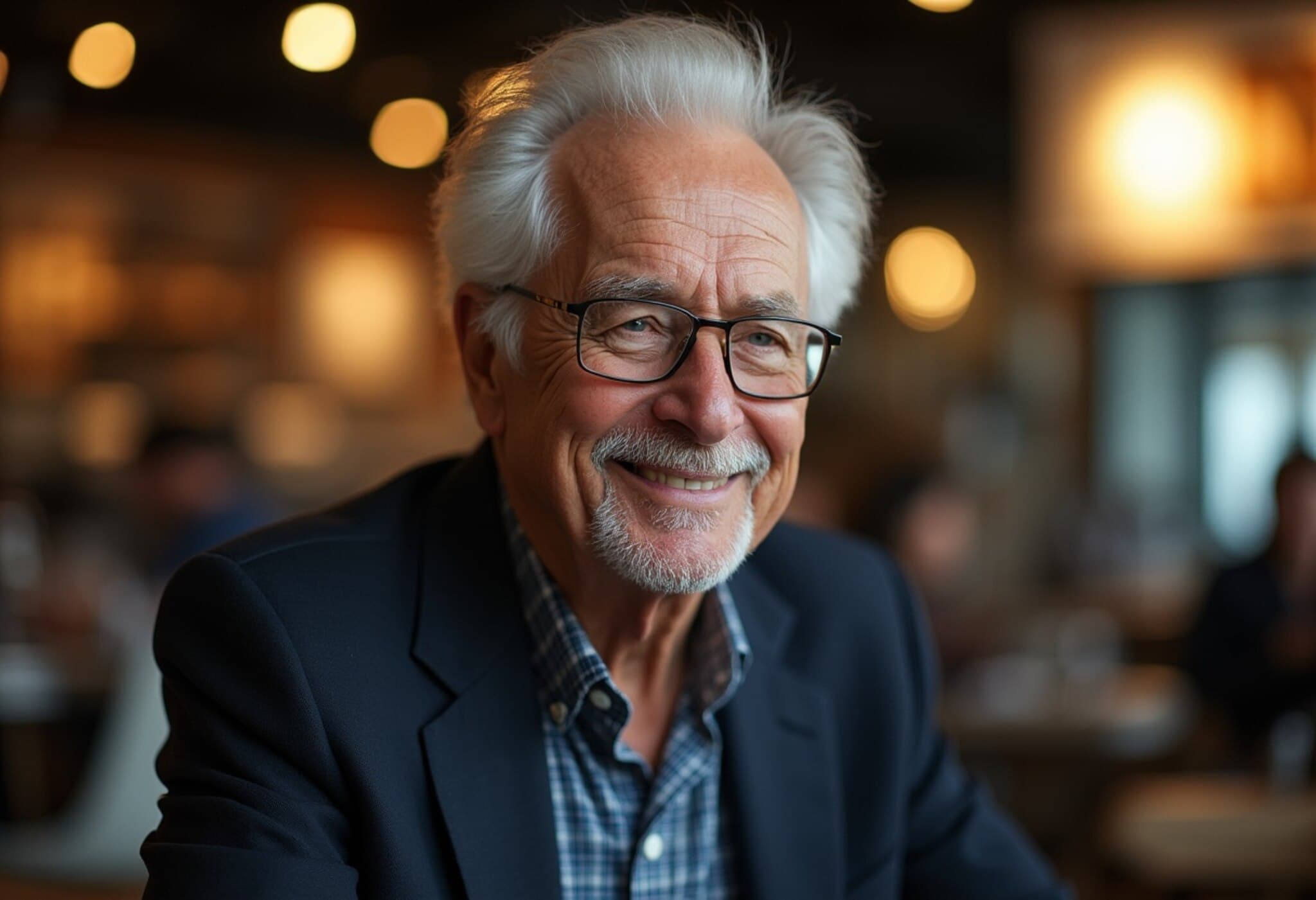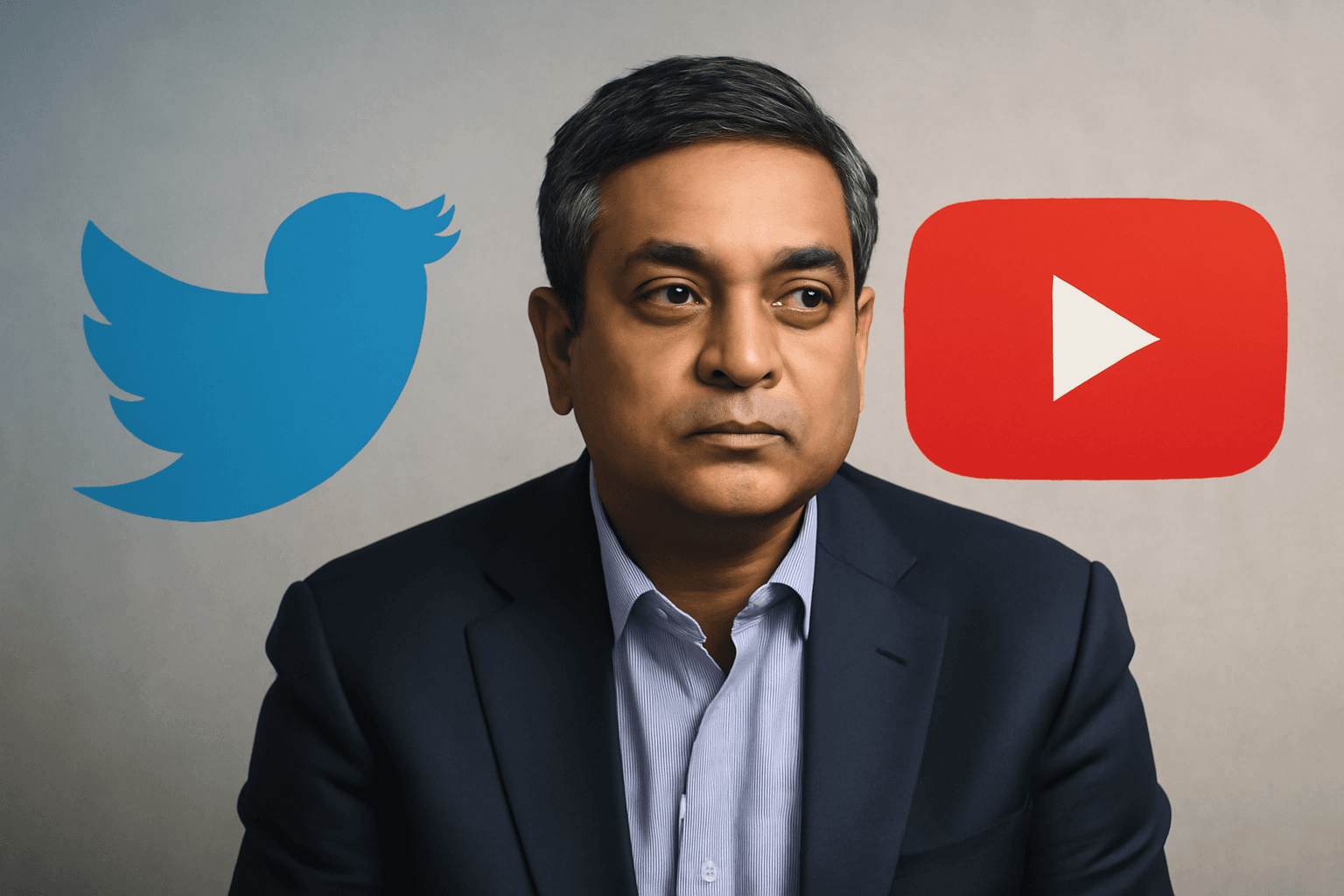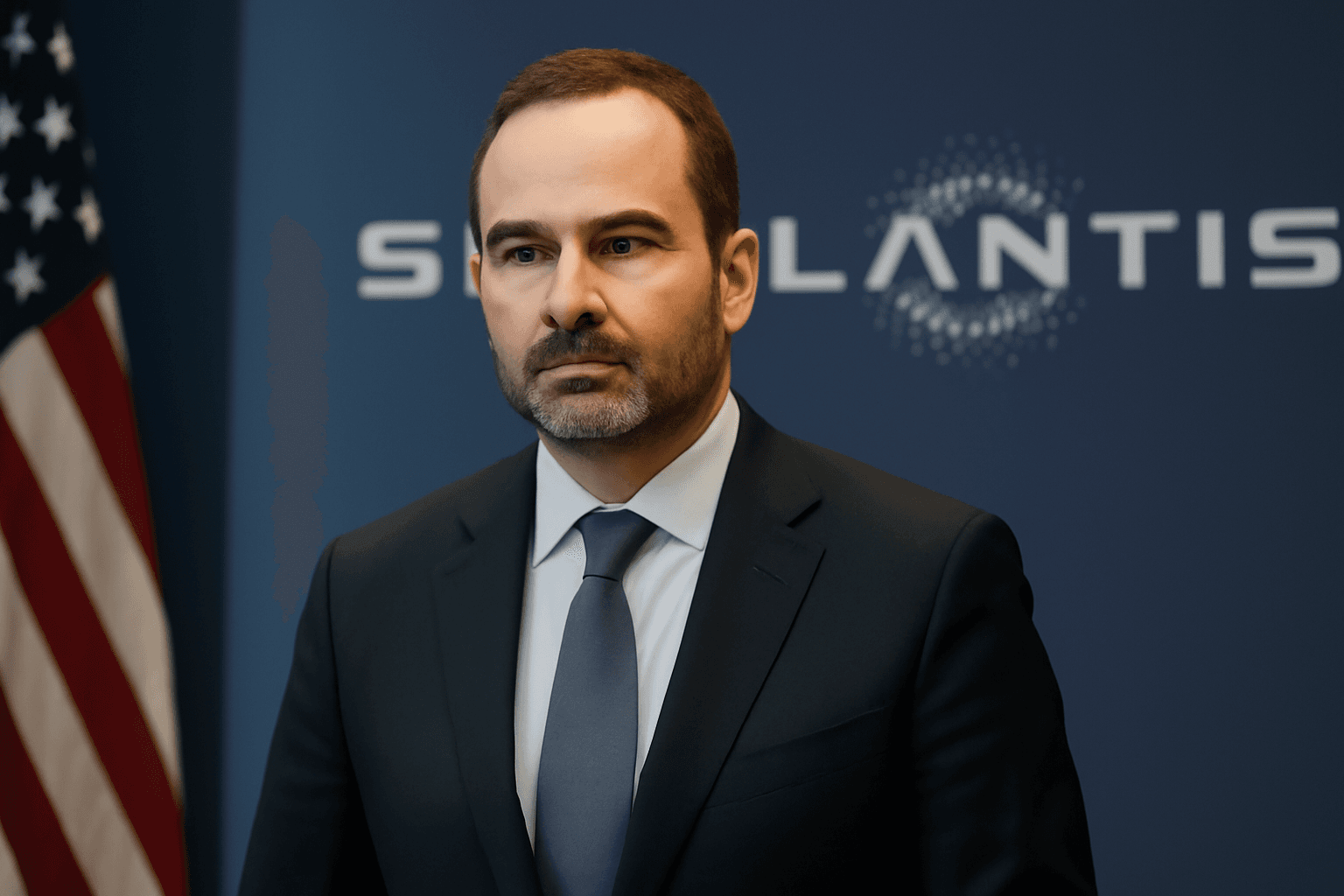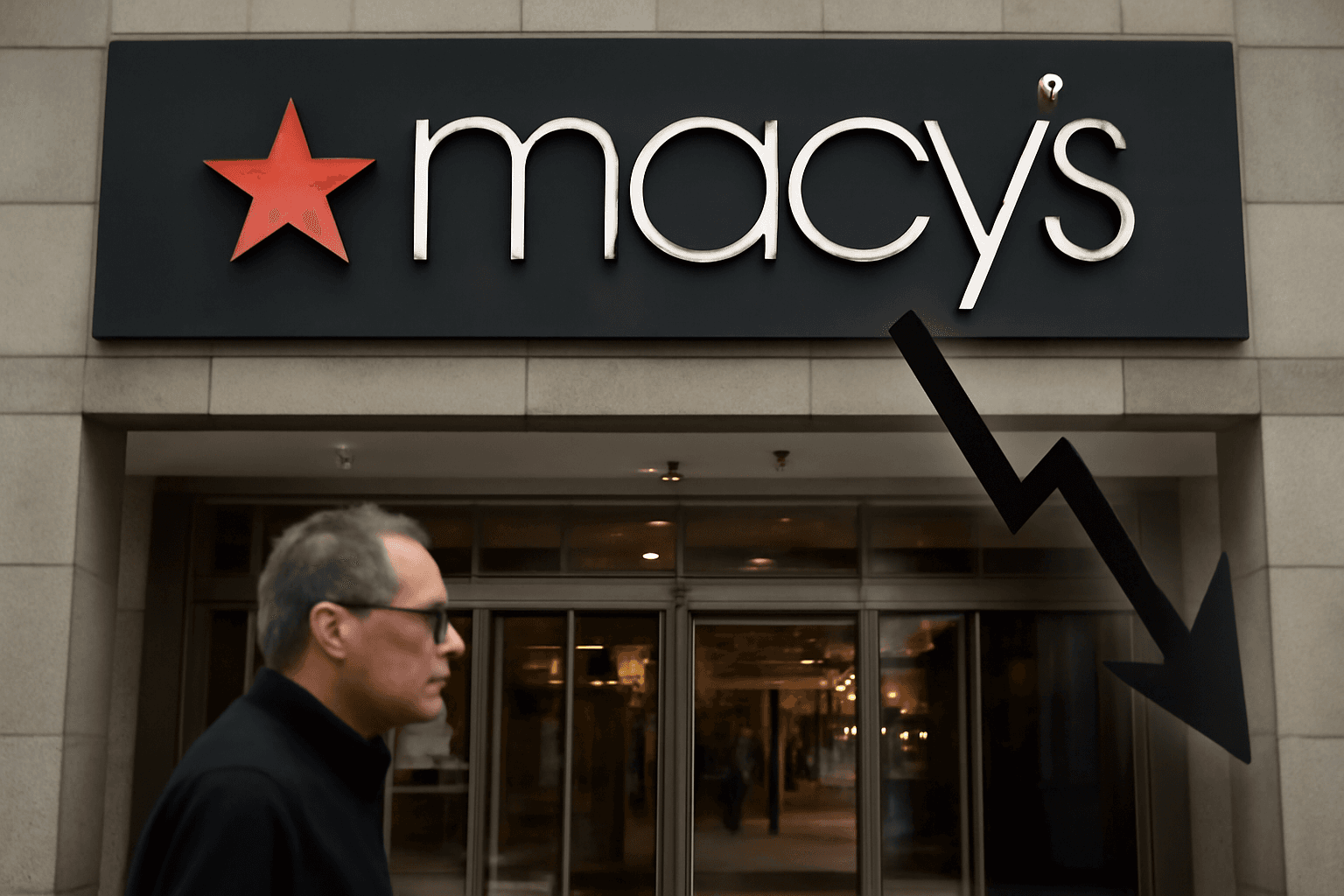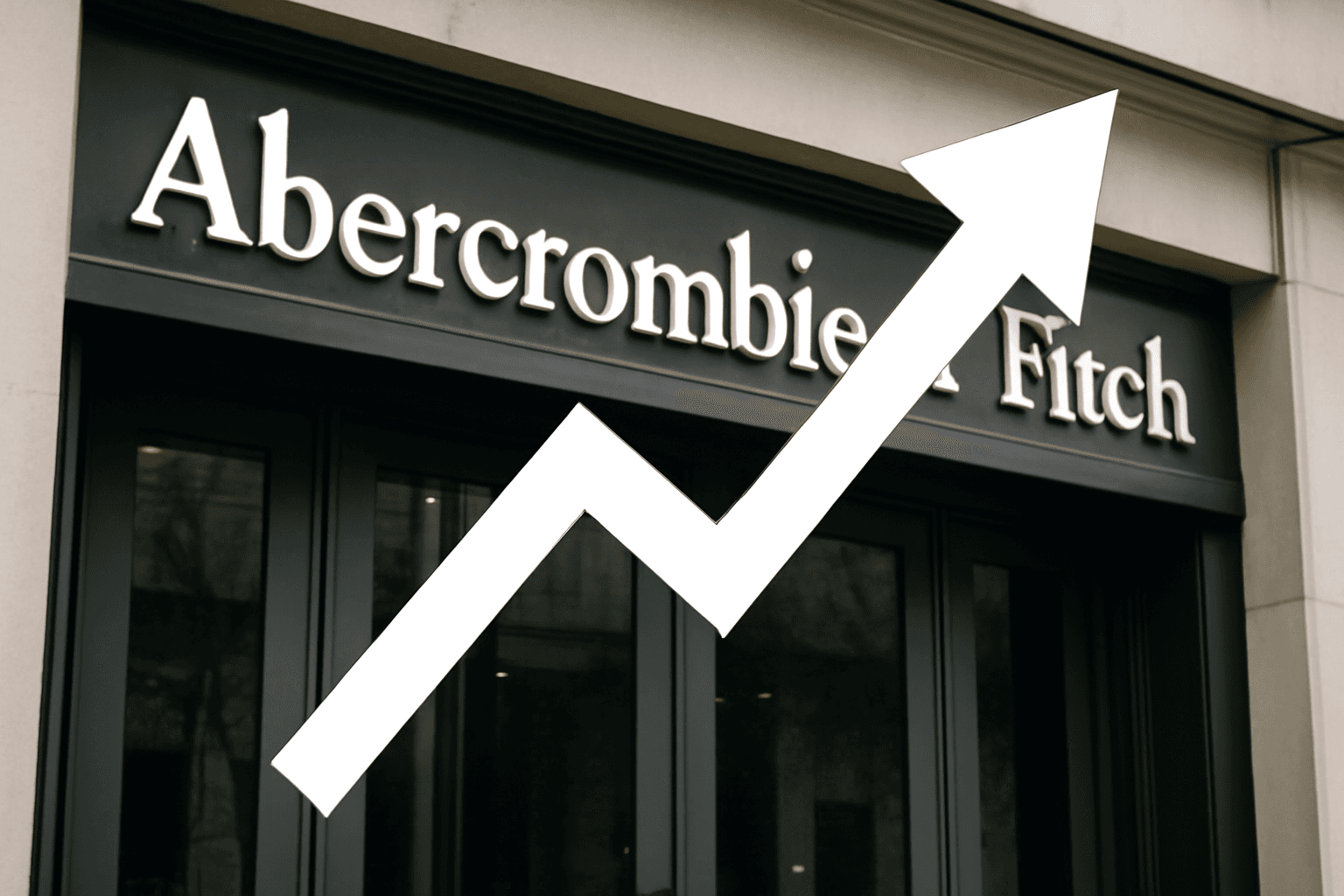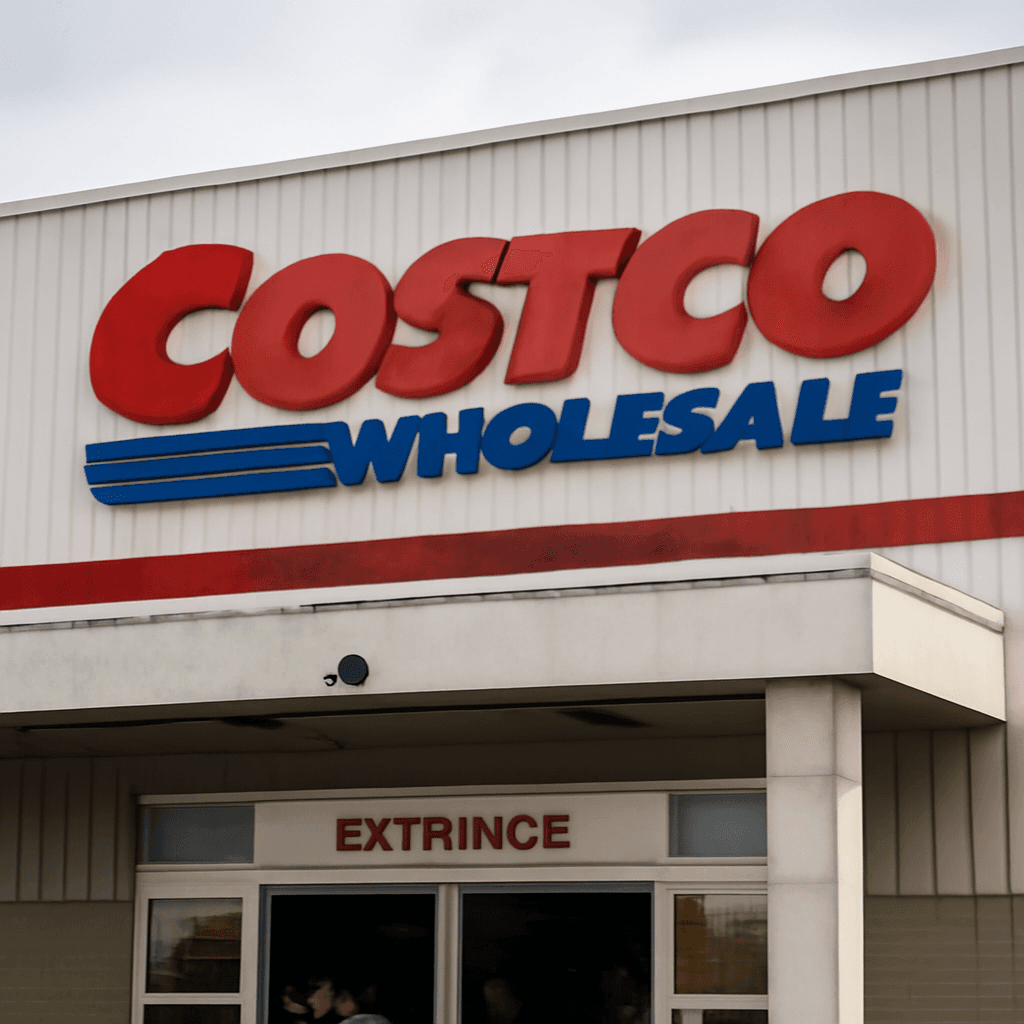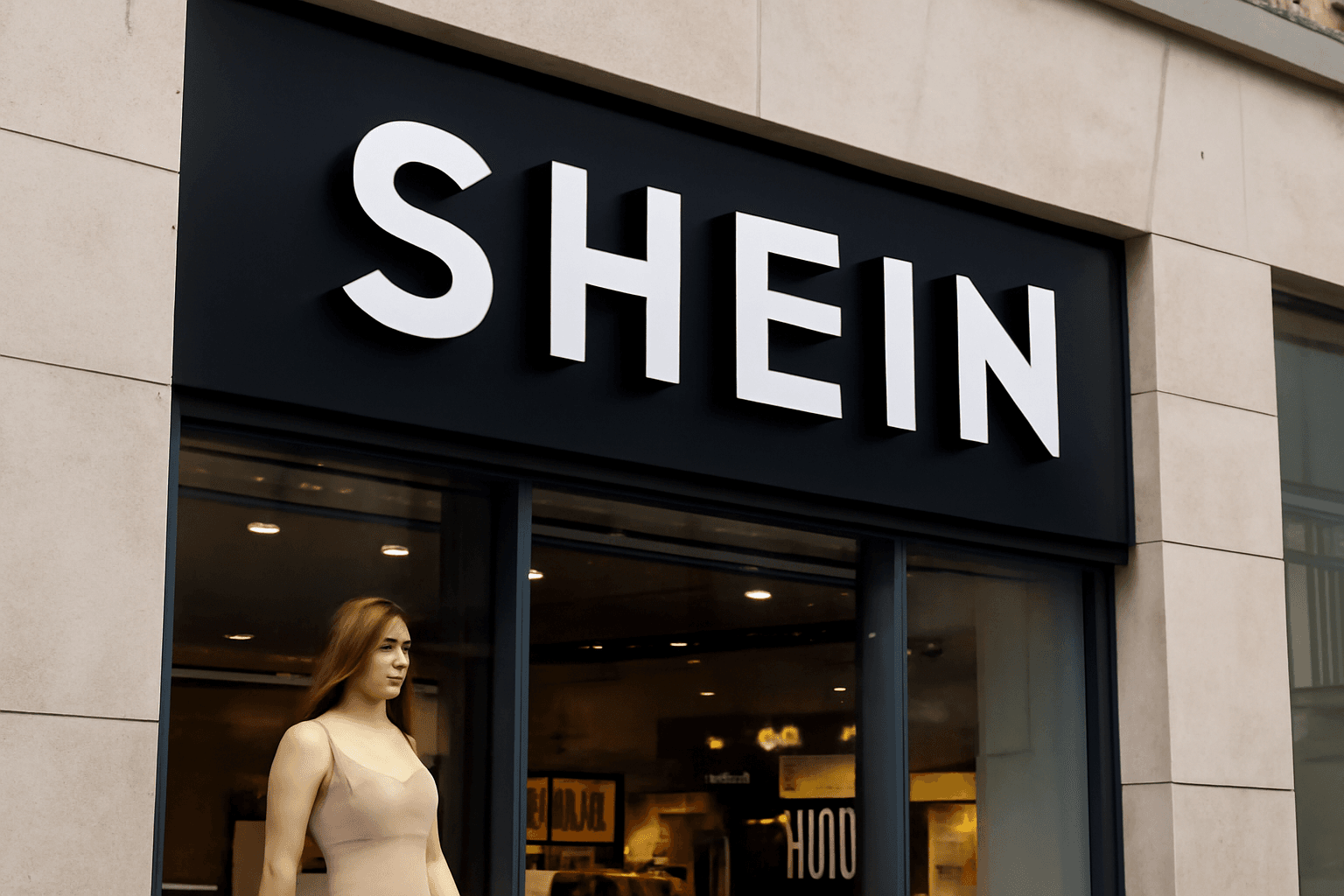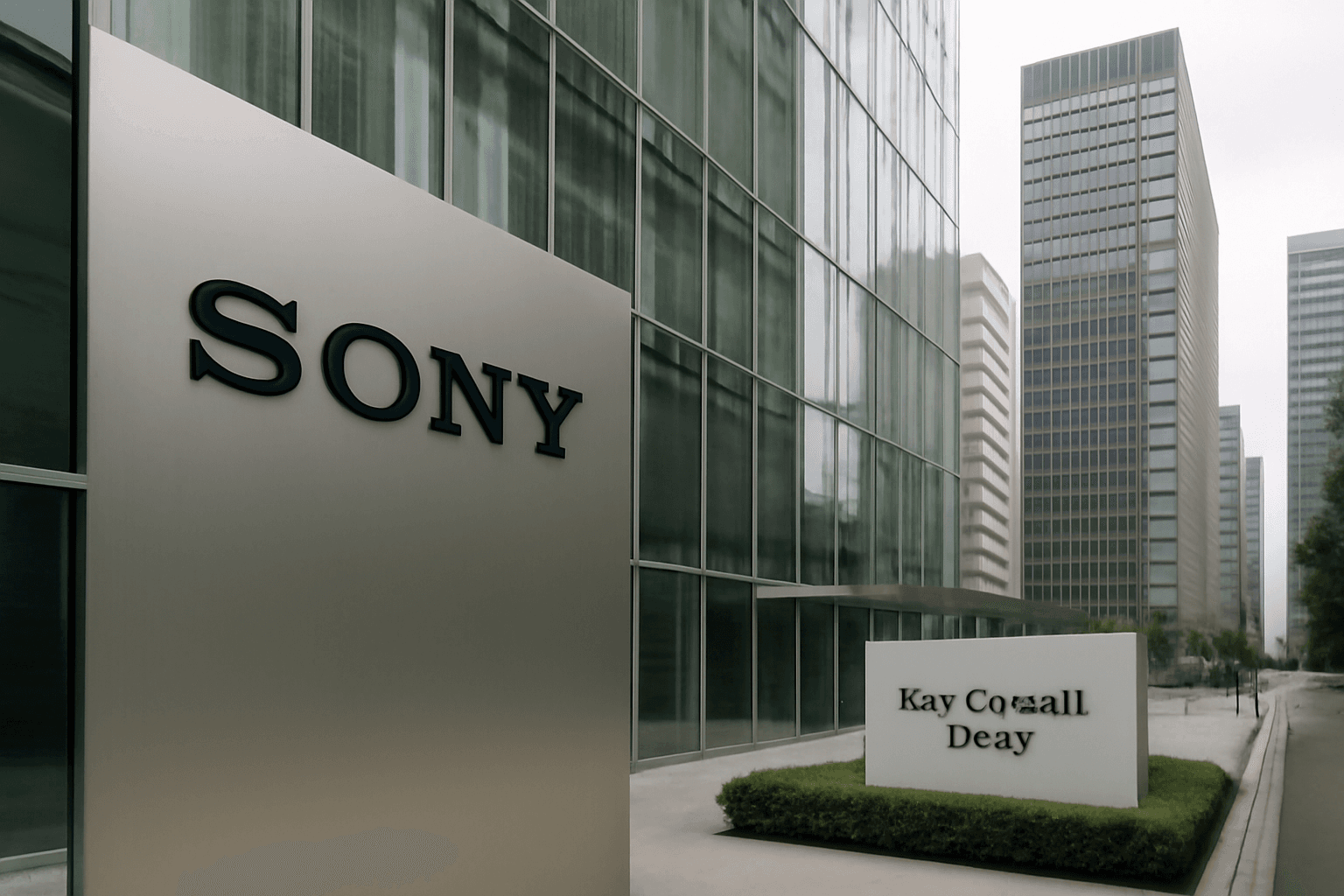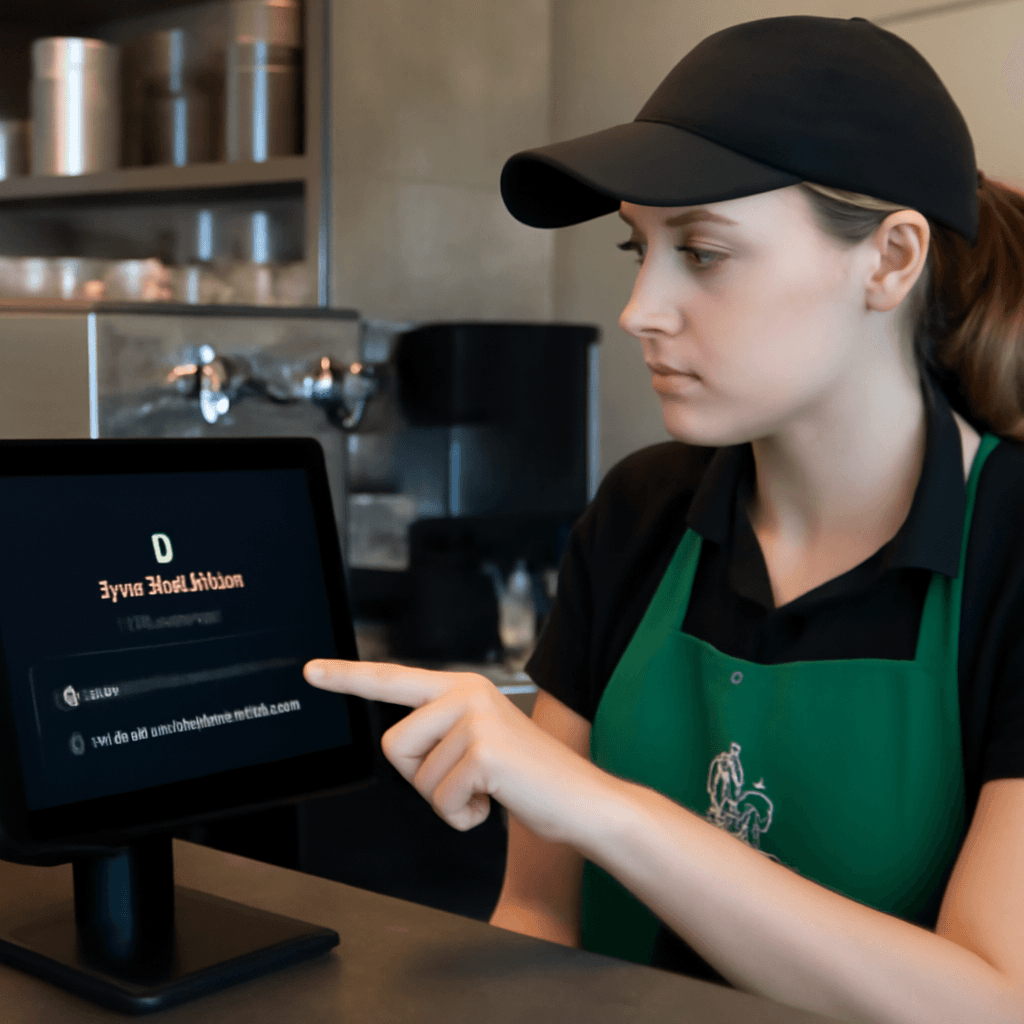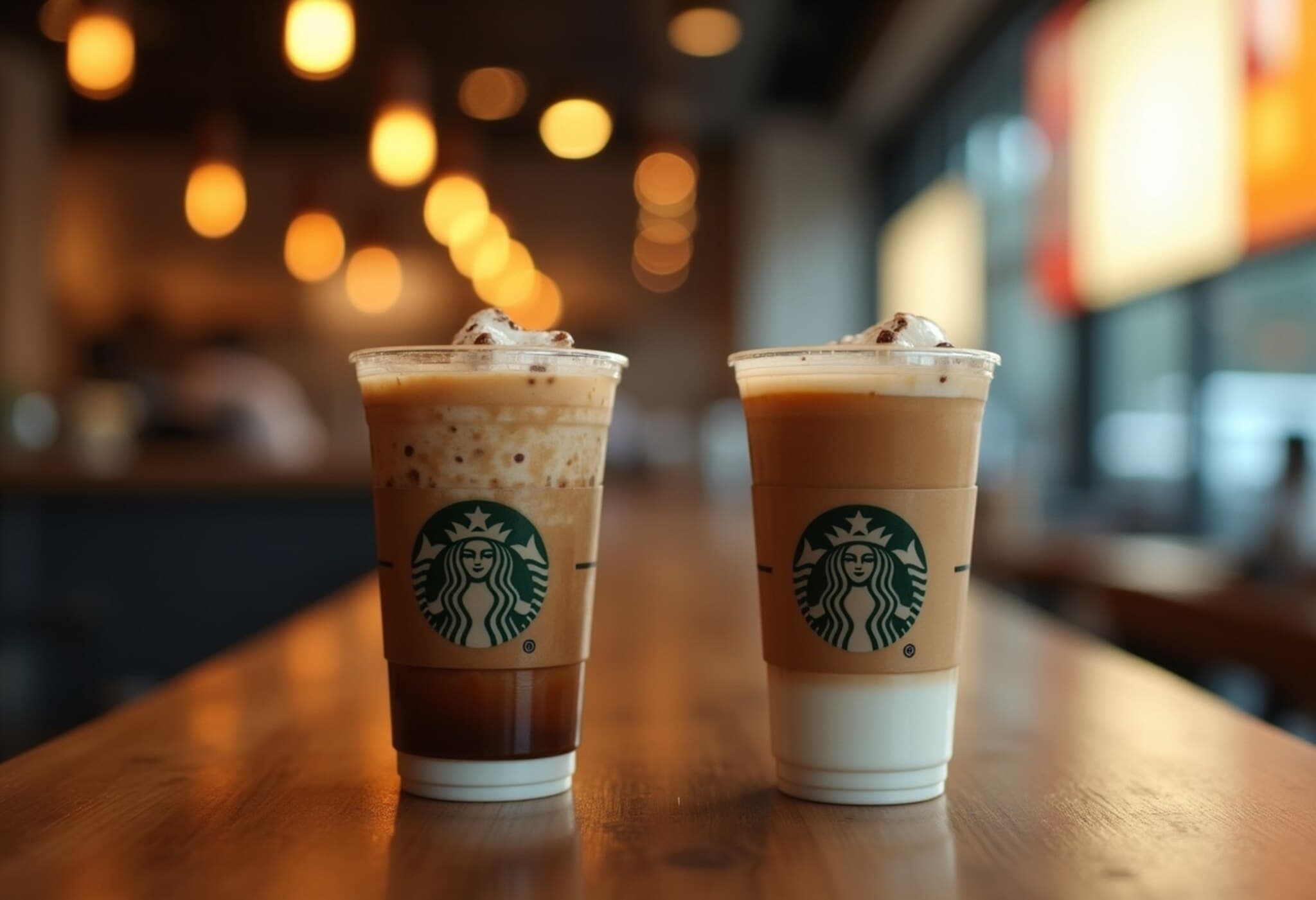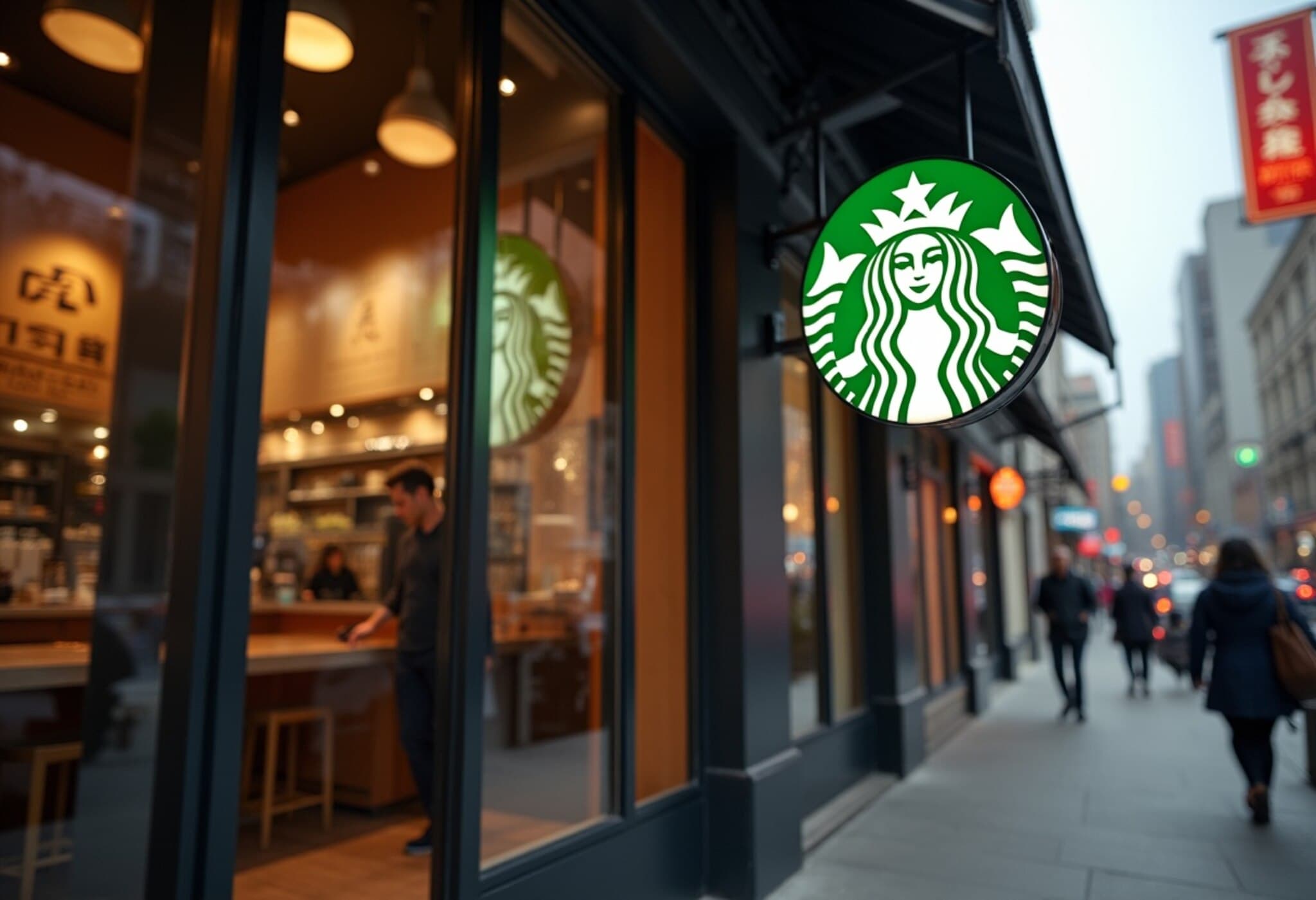Howard Schultz Celebrates New Starbucks Vision
In a surprising turn of events at Starbucks' Leadership Experience in Las Vegas, former CEO Howard Schultz shared his enthusiastic support for current CEO Brian Niccol’s revitalization plan, aptly named the “back to Starbucks” strategy. Schultz revealed he literally “did a cartwheel” in his living room upon hearing Niccol’s bold approach, signaling strong endorsement from the company's veteran leader.
A Fresh Chapter for the Coffee Giant
At 71, Schultz’s rare public appearance alongside Niccol at the three-day event brought together over 14,000 North American store leaders dedicated to hearing the future roadmap of Starbucks. The event also marked the first-time Schultz and Niccol shared a stage, showcasing a united front as Starbucks embarks on an ambitious turnaround.
Niccol’s Journey to Leadership
Niccol assumed the helm in September following the board’s decision to remove Laxman Narasimhan, who was initially chosen by Schultz as his successor. Despite a challenging start, Starbucks shares have rebounded impressively, climbing nearly 20% since April and trading close to their late 2024 peak of around $95.30—a surge sparked by Niccol’s appointment.
Schultz’s Role and Legacy
Returning briefly in 2022 for his third stint as interim CEO, Schultz has since stepped back from formal leadership. Although he no longer holds company shares, having sold them between late 2024 and early 2025, he remains an influential figure whose approval carries weight.
The ‘Back to Starbucks’ Strategy Unfolded
From Niccol’s first week, his commitment to steer Starbucks back to its roots was clear. He promised a renewed focus on the core Starbucks experience—reintroducing in-store seating, personalizing cups with handwritten messages, and shifting marketing efforts to emphasize premium coffee over discounts.
- Return to authentic in-cafe experiences
- Personalized customer interactions
- Marketing that spotlights coffee quality
Addressing Past Challenges
During Narasimhan's brief leadership, the company struggled with underperformance and struggled to meet targets. Public critiques highlighted the urgent need to enhance the mobile ordering platform, improve payment processes, and innovate with premium beverage offerings that differentiate Starbucks.
Culture at the Heart of Revival
Schultz emphasized, however, that the issues ran deeper than operations and beverage offerings. “The culture was not understood. The culture wasn’t valued. The culture wasn’t being upheld,” Schultz remarked. This insight underscores Niccol’s strategy focused as much on restoring Starbucks’ unique workplace and customer culture as on its products.
Looking Ahead
With Niccol and Schultz now publicly aligned, Starbucks seems poised to embrace a refreshed identity centered on tradition and quality. As the company navigates this pivotal phase, all eyes are on how the ‘back to Starbucks’ strategy will reshape the future of the beloved coffee brand.

